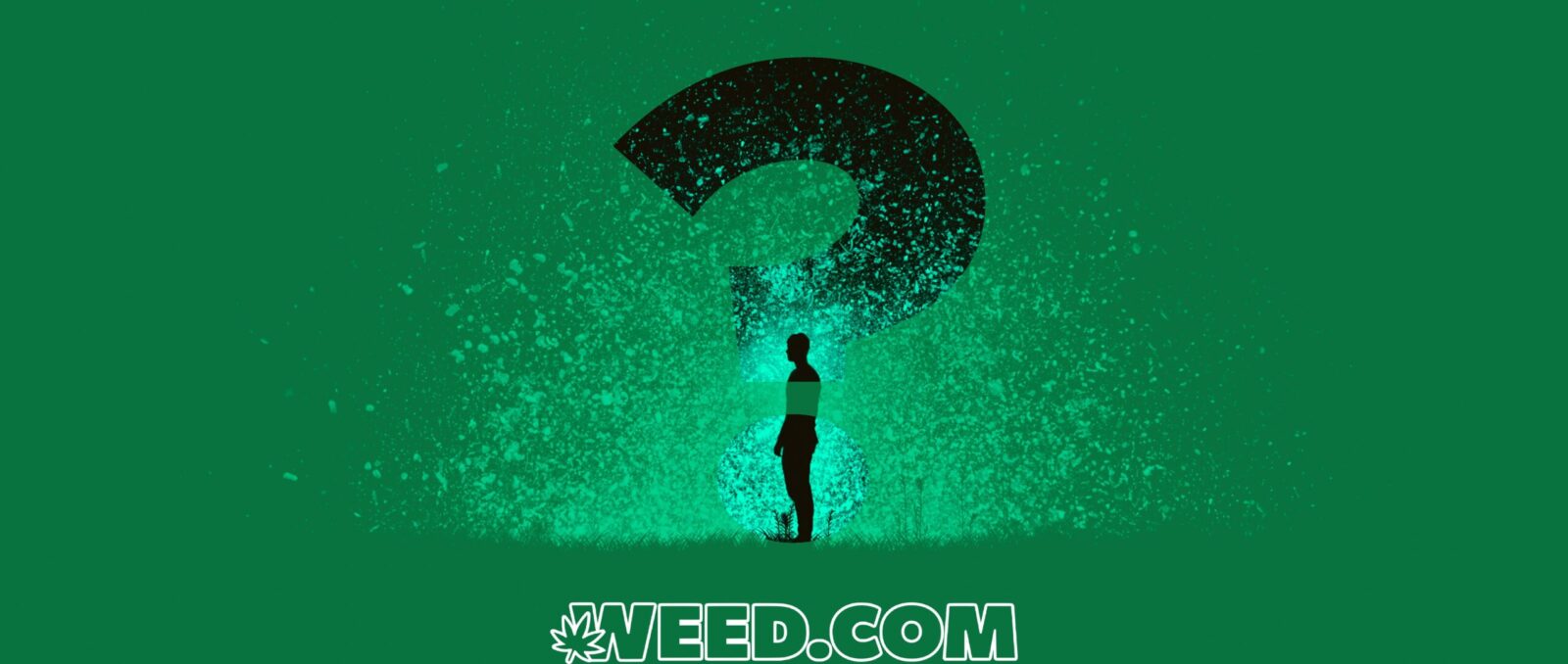
Strains for Epilepsy
In this guide, we will explore the best strains of cannabis for managing epilepsy. Epilepsy is a neurological disorder that causes recurring seizures, and some studies suggest that certain strains of cannabis may offer potential benefits in reducing seizure frequency and improving overall well-being. However, it’s essential to approach cannabis as a potential adjunct therapy with the guidance of a qualified healthcare professional. This guide aims to provide an overview of strains that have been studied for epilepsy and their potential effects.
This post is intended as information and for general knowledge only. It is not a substitute for medical advice, diagnosis, or treatment. It is recommended that you talk to a healthcare professional about this before introducing cannabinoids into your daily routine (especially if you have been diagnosed with any medical conditions or are under any medication). It is not recommended to drive or operate any machinery when using cannabis- or hemp-derived products. Use responsibly!
Understanding Epilepsy and Cannabis
Epilepsy affects millions of people worldwide and can significantly impact their quality of life. It is characterized by recurrent and uncontrolled seizures, which can manifest as tonic-clonic seizures, absence seizures, or other seizure types. These unpredictable episodes can interfere with daily activities and pose safety risks.
Cannabis and Epilepsy
Historically, cannabis has been used for medicinal purposes, including the management of seizure disorders. With the legalization of medical marijuana in various regions, there has been a surge of interest in its potential therapeutic effects for epilepsy. One of the most famous cases is that of Charlotte Figi, a young girl with Dravet syndrome, whose seizures were dramatically reduced by using a high-CBD strain called Charlotte’s Web.
Factors to Consider When Choosing a Strain
CBD-to-THC Ratio
CBD (cannabidiol) and THC (tetrahydrocannabinol) are two of the most well-known cannabinoids found in the cannabis plant. CBD is non-psychoactive and has shown promise in reducing seizures and providing relief from epilepsy-related symptoms. Strains with higher CBD levels and lower THC levels may be more suitable for epilepsy patients, as THC’s psychoactive effects could exacerbate certain neurological conditions.
Other Cannabinoids and Terpenes
Apart from CBD and THC, cannabis contains numerous other cannabinoids and terpenes that contribute to its therapeutic effects. Some studies suggest that cannabinoids like CBN and CBG may also have anticonvulsant properties, while terpenes like myrcene and linalool could offer additional benefits in managing seizures. This synergy, known as the entourage effect, enhances the overall therapeutic potential of the cannabis plant.
Delivery Methods
Cannabis can be consumed through various delivery methods, each affecting the onset and duration of effects differently. Smoking and vaping provide rapid relief but may not be suitable for individuals with respiratory issues. Oils and edibles offer longer-lasting effects, making them a preferred option for some epilepsy patients. Finding the right delivery method is essential for optimizing seizure control and pain relief.
Best CBD-Dominant Strains
CBD-dominant strains, such as Charlotte’s Web, ACDC, and Harlequin, contain higher levels of CBD relative to THC. These strains have gained popularity for their potential anticonvulsant and neuroprotective properties. The therapeutic benefits of CBD include reducing inflammation and promoting relaxation without causing intoxication.
Benefits of CBD-Dominant Strains
The potential benefits of CBD-dominant strains for epilepsy patients are vast. Besides seizure reduction, CBD is known for its anti-inflammatory properties, which can be beneficial for managing chronic pain often associated with epilepsy. Additionally, CBD’s neuroprotective effects may help protect against further damage caused by recurrent seizures.
Patient Testimonials and Case Studies
Many epilepsy patients have reported positive experiences with CBD-dominant strains. Real-life testimonials often highlight improved seizure control and an enhanced overall quality of life. While anecdotal evidence is promising, it’s essential to supplement such accounts with clinical research and medical guidance.
Balanced CBD-THC Strains
Balanced strains with an equal CBD-to-THC ratio (1:1) or slightly higher CBD levels are another option for epilepsy patients. Strains like Cannatonic and Pennywise fall into this category. Some patients find that the combination of CBD and THC provides a well-rounded therapeutic effect.
The Entourage Effect
The entourage effect refers to the synergistic interaction between cannabinoids and terpenes in the cannabis plant, enhancing their individual effects. Balanced strains may leverage this effect, potentially providing better seizure control and pain relief than using CBD or THC alone.
Research on Balanced Strains
While research on balanced strains is still evolving, some studies have shown promising results in managing epilepsy symptoms. Controlled clinical trials are needed to better understand their efficacy and safety in the context of epilepsy treatment.
High-THC Strains and Epilepsy

High-THC strains, such as Girl Scout Cookies and OG Kush, contain significant levels of THC, which can induce psychoactive effects. For some epilepsy patients, especially those with drug-resistant epilepsy, high-THC strains may not be the best choice due to potential risks.
Risks and Considerations
Using high-THC strains for epilepsy management requires caution. THC may trigger or worsen seizure activity in some individuals, and the psychoactive effects can be uncomfortable or disorienting for those with neurological conditions.
The Role of THC in Epilepsy
Despite the risks, some epilepsy patients may still benefit from low levels of THC. Some research suggests that THC may have anticonvulsant properties at specific doses, highlighting the complexity of cannabis as a treatment option for epilepsy.
Indica vs Sativa for Epilepsy
Indica strains are often associated with relaxation and pain relief, while Sativa strains are more energizing and uplifting. For epilepsy patients, choosing the right strain type is a personal decision, as some may prefer the calming effects of Indica, while others may find relief from Sativa’s uplifting qualities.
Popular Epilepsy Strains
Some popular strains among epilepsy patients include Blue Dream, Green Crack, and OG Kush. These strains have gained recognition for their potential therapeutic effects in managing seizures and improving overall well-being.
Case Studies and Research Findings
Numerous research studies have investigated the effects of cannabis on epilepsy. While some clinical trials have shown promising results, more researchis needed to establish the long-term efficacy and safety of cannabis as an epilepsy treatment.
Safety and Legal Considerations
Using cannabis for epilepsy management requires careful consideration of safety precautions. Patients should start with low doses and monitor their response closely. It’s essential to avoid potential interactions between cannabis and other medications.
Conclusion
Cannabis shows promise as a potential treatment option for epilepsy, particularly in the form of CBD-dominant and balanced strains. However, it’s crucial for individuals with epilepsy to work closely with healthcare professionals to determine the right strains and dosages for their specific condition. More research is still needed to fully understand the benefits and risks of using cannabis for epilepsy management. Always prioritize safety and informed decision-making when considering cannabis as a complementary therapy for epilepsy.
Also Interesting:
















